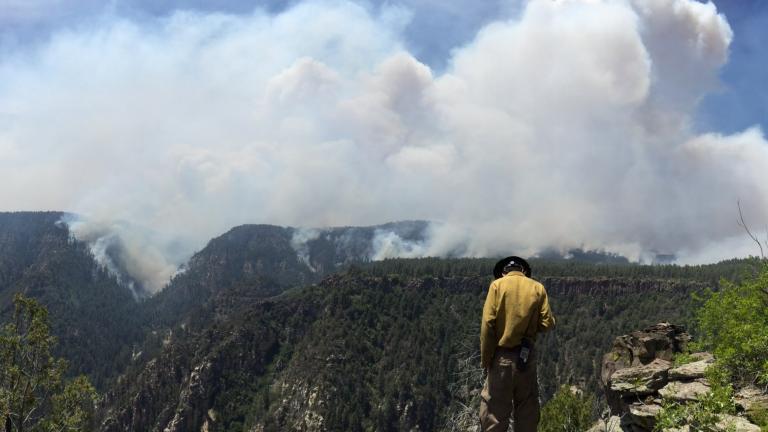Scientists confirm what we already know, but may not want to hear: there’s no magic method to stop climate change. A new study that analyzed the five leading strategies to prevent global warming found that, really, it all comes down to reducing global carbon emissions.
The study, published in the journal Frontiers in Ecology in the Environment, ranks the strategies according to factors such as feasibility, risk, and cost. It suggests that, if we want to keep the planet closest to how we know it now, we should focus on No. 1. If, however, all you want is inspiration for your next cli-fi piece, No. 5 might be where it’s at.
Here they are, in order from best to worst:
- Reduce carbon emissions through improving energy efficiency, conserving usage, and adopting renewable energy sources. The study suggests that this is, by far, the top thing we need to do to stop global warming.
- Sequester more carbon by letting plants do their thing. Promote forest regrowth and stop clearcutting the Amazon, and trees will suck up more CO2 for us. Also, simple agricultural practices such as leaving leftover plant waste after harvest and allowing it to break back down into the soil will bury some more of that carbon back in the ground.
- Sequester carbon through capture and storage. One method is to capture CO2 before it’s released into the atmosphere and pump it underground. Problem is, this is expensive, and it could lead to dangerous leaks. “No one wants to live next to a huge underground pool of carbon dioxide that might suffocate them or their children — no matter how small the risk,” says the study’s lead author, Daniela Cusack, a professor of geography at UCLA.
- Sequester carbon by fertilizing the ocean. This would give phytoplankton a boost, which take in CO2 through photosynthesis, and then carry it to the bottom of the ocean when they die. But letting the algae run amuck would likely drive out other marine life, which could then create ugly worldwide impacts.
- Geoengineer to keep out some of that dang sunlight, by creating artificial clouds, or putting solar reflectors in outer space to keep the rays from getting down here. Because, if we reach a point where we’re this far down the list, we’re probably all sun-phobic zombies, anyway
The good news is, it sounds like we know what we need to do! The bad news is, we’re still not doing enough of it.



